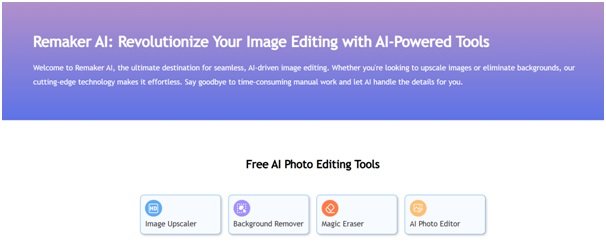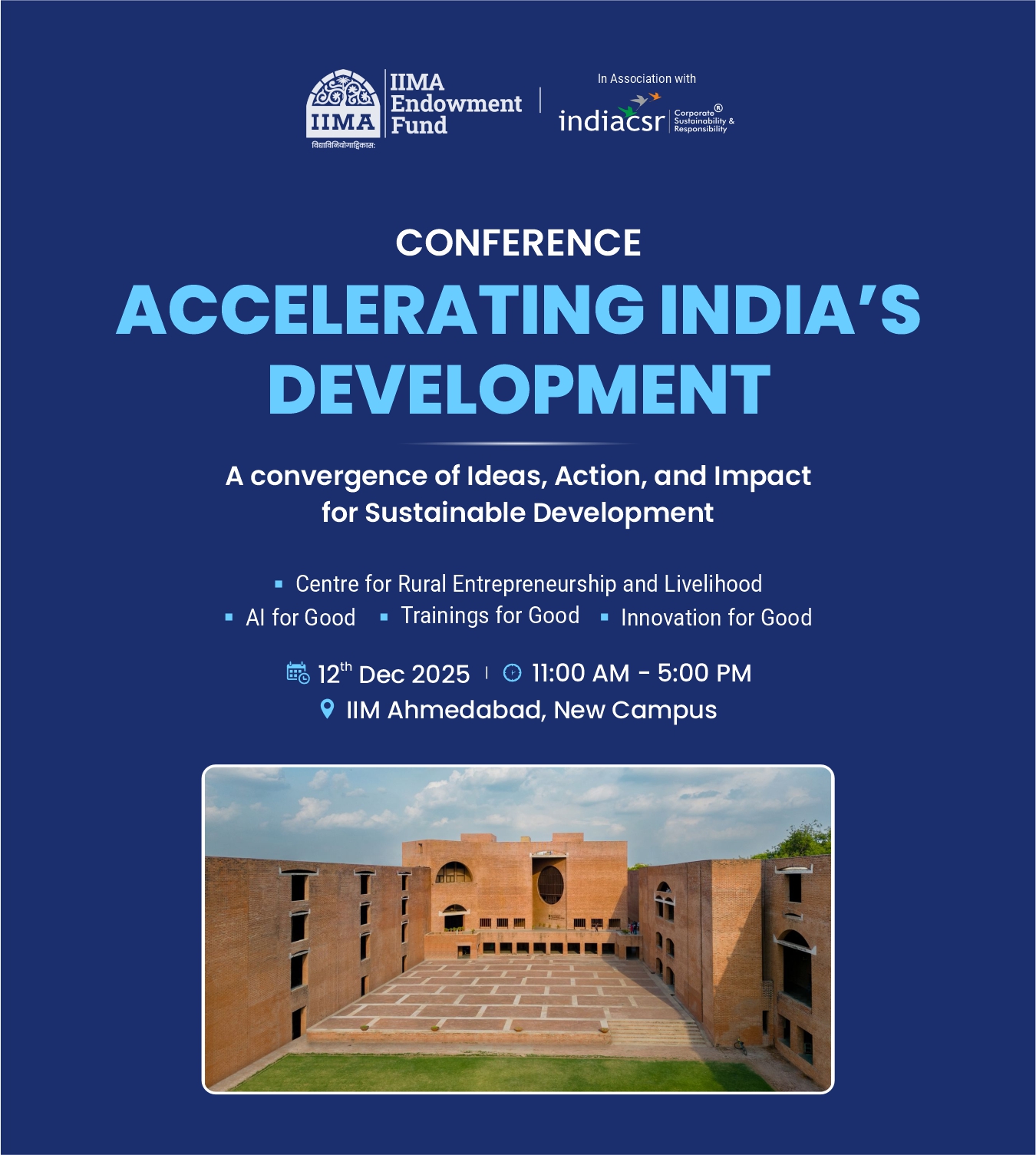The landscape of video content creation has undergone a remarkable transformation in recent years. What once required expensive equipment, professional studios, and teams of specialists can now be accomplished by individuals working from their homes. This democratization of video production is largely thanks to artificial intelligence, which has emerged as a powerful force reshaping how we conceptualize, create, and distribute video content.
The Evolution of Content Creation
Traditional video production has always been resource-intensive. Creating even a simple promotional video meant coordinating multiple elements: scripting, filming, editing, sound design, and post-production effects. Each stage required specific expertise and could take days or weeks to complete. For small businesses, independent creators, and educators, these barriers often made professional-quality video content an unattainable luxury.
Artificial intelligence has fundamentally altered this equation. Modern AI tools can handle tasks that previously demanded years of training and expensive software licenses. From generating initial concepts to producing polished final products, AI assists at every stage of the creative process. This shift isn’t about replacing human creativity but rather amplifying it, allowing creators to focus on storytelling and strategy while AI handles technical execution.
Understanding AI in Video Production
At its core, AI video creation relies on sophisticated algorithms trained on vast datasets of existing content. These systems learn patterns, styles, and techniques from millions of examples, enabling them to generate new content that matches professional standards. The technology encompasses several key capabilities that work together to produce compelling videos.
AI Video Generator technology represents perhaps the most visible aspect of this revolution. These systems can transform text descriptions into complete video sequences, selecting appropriate visuals, transitions, and effects based on the content’s context and tone. A marketing professional can input a product description and brand guidelines, and the AI generates a polished promotional video complete with dynamic graphics and smooth transitions.
The sophistication of these generators continues to improve rapidly. Early versions produced somewhat generic results, but current systems understand nuance, style preferences, and brand consistency. They can adapt to different genres, from corporate presentations to educational content, adjusting pacing, visual style, and narrative structure accordingly.
Voice and Audio Innovation
Sound design represents another area where AI has made remarkable strides. AI Voice Cloning technology has evolved from producing robotic-sounding narration to creating natural, expressive voiceovers indistinguishable from human speakers. This capability proves invaluable for creators producing content in multiple languages or maintaining consistent narration across large video libraries.
The practical applications extend beyond simple text-to-speech conversion. AI can match voice characteristics to video content, adjusting tone, pacing, and emphasis to enhance emotional impact. A tutorial video might use a friendly, conversational tone, while a documentary adopts a more authoritative voice. The same creator can produce content in different styles without recording multiple takes or hiring various voice actors.

Background music and sound effects also benefit from AI integration. Systems can analyze video content and automatically select or generate appropriate audio elements, ensuring sonic cohesion with visual elements. This automated sound design maintains professional quality while dramatically reducing production time.
Practical Applications Across Industries
Different sectors have embraced AI video creation for distinct purposes, each finding unique value in the technology’s capabilities. Marketing teams use AI to rapidly produce social media content, testing multiple versions of promotional videos to identify what resonates with audiences. Educational institutions create lecture materials and instructional videos at scale, making quality learning resources more accessible.
Small business owners particularly benefit from these tools. A local restaurant can create appetizing menu showcase videos without hiring a production company. Real estate agents produce virtual property tours quickly and professionally. Nonprofit organizations tell their impact stories through compelling visual narratives despite limited budgets.
Platforms like remaker.ai have emerged to serve these diverse needs, offering comprehensive toolsets that handle multiple aspects of video production within a single interface. Such platforms lower the entry barrier further by eliminating the need to master multiple separate applications or coordinate between different service providers.
The Creative Process Enhanced
Working with AI doesn’t mean abandoning creative control. Instead, it shifts the creator’s role toward higher-level decision-making. Rather than spending hours on technical execution, creators invest time in conceptualization, messaging, and strategy. The AI handles repetitive tasks and technical details, executing the creator’s vision efficiently.
This partnership between human creativity and machine capability produces interesting results. Creators often discover possibilities they hadn’t initially considered when AI systems suggest alternative approaches or combinations. The technology serves as both a tool and a collaborative partner, offering options while respecting the creator’s final decisions.
The iterative process becomes faster and more experimental. Trying different visual styles, narrative structures, or presentation formats no longer requires starting from scratch each time. Creators can test variations quickly, refining their content based on feedback and results rather than committing to a single approach due to production constraints.
Overcoming Common Challenges
Despite its advantages, AI video creation does present certain challenges. Quality control remains important, as AI-generated content sometimes produces unexpected results requiring human review. Maintaining brand consistency across multiple videos needs careful attention to settings and guidelines. Creators must also consider authenticity, ensuring AI-enhanced content still feels genuine and aligned with their voice.
These challenges are manageable with proper planning and workflow design. Establishing clear brand guidelines helps AI systems produce consistent results. Regular quality checks catch issues before content reaches audiences. Most importantly, keeping human judgment central to the creative process ensures that efficiency gains don’t come at the expense of authenticity or quality.
Looking Forward
The trajectory of AI video creation points toward even greater accessibility and capability. As algorithms improve and computational power increases, we can expect more sophisticated features, better quality outputs, and simpler interfaces. The technology will likely become more intuitive, requiring less technical knowledge while offering greater creative flexibility.
This evolution promises to further democratize video content creation, enabling more voices and perspectives to participate in visual storytelling. Whether for business, education, entertainment, or personal expression, AI-powered video tools are making professional-quality content creation achievable for everyone willing to engage with the technology.
The future of video content isn’t about AI replacing human creators but about empowering more people to bring their ideas to life through compelling visual media. As these tools continue evolving, the only real limit becomes our imagination and willingness to explore new creative possibilities.





